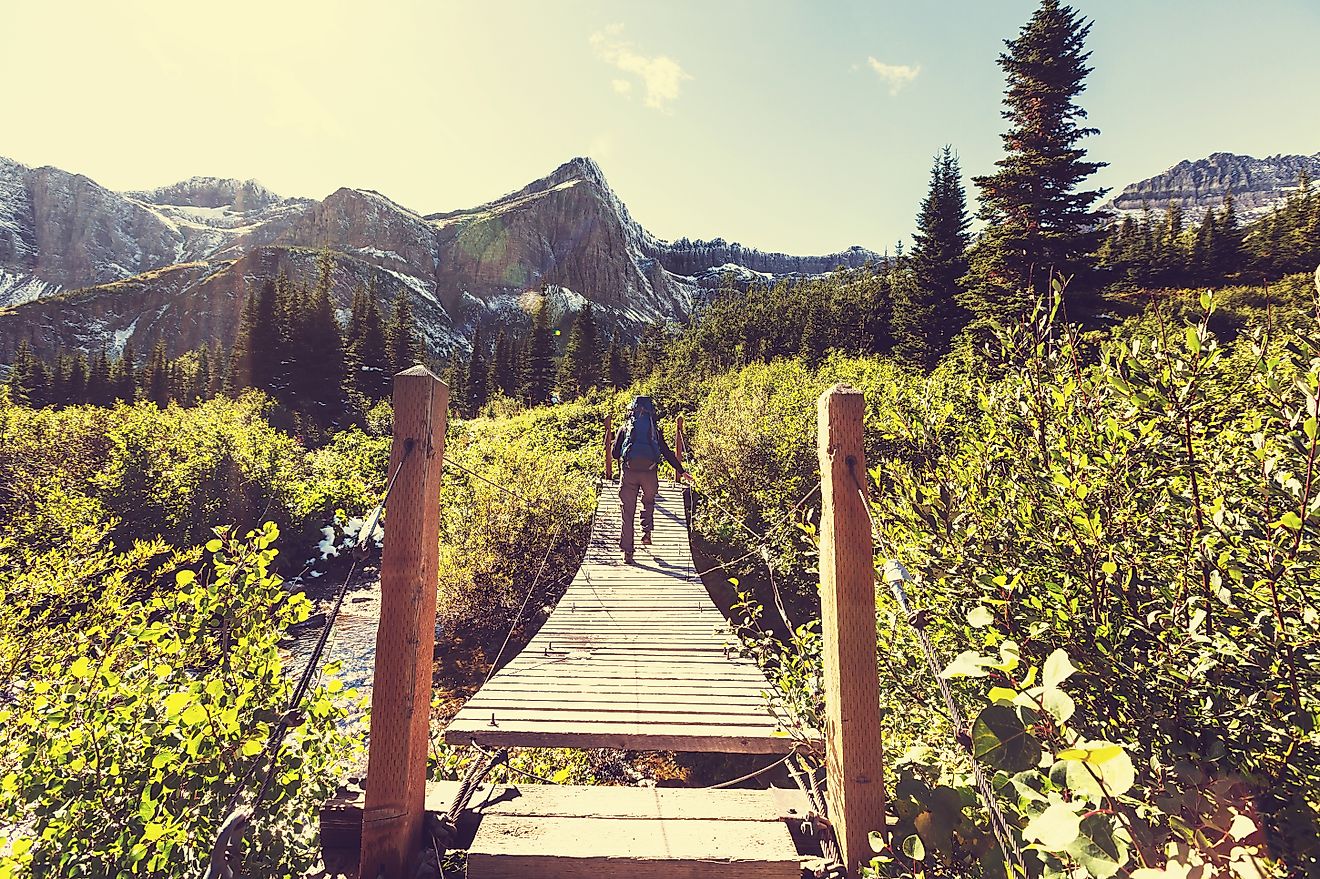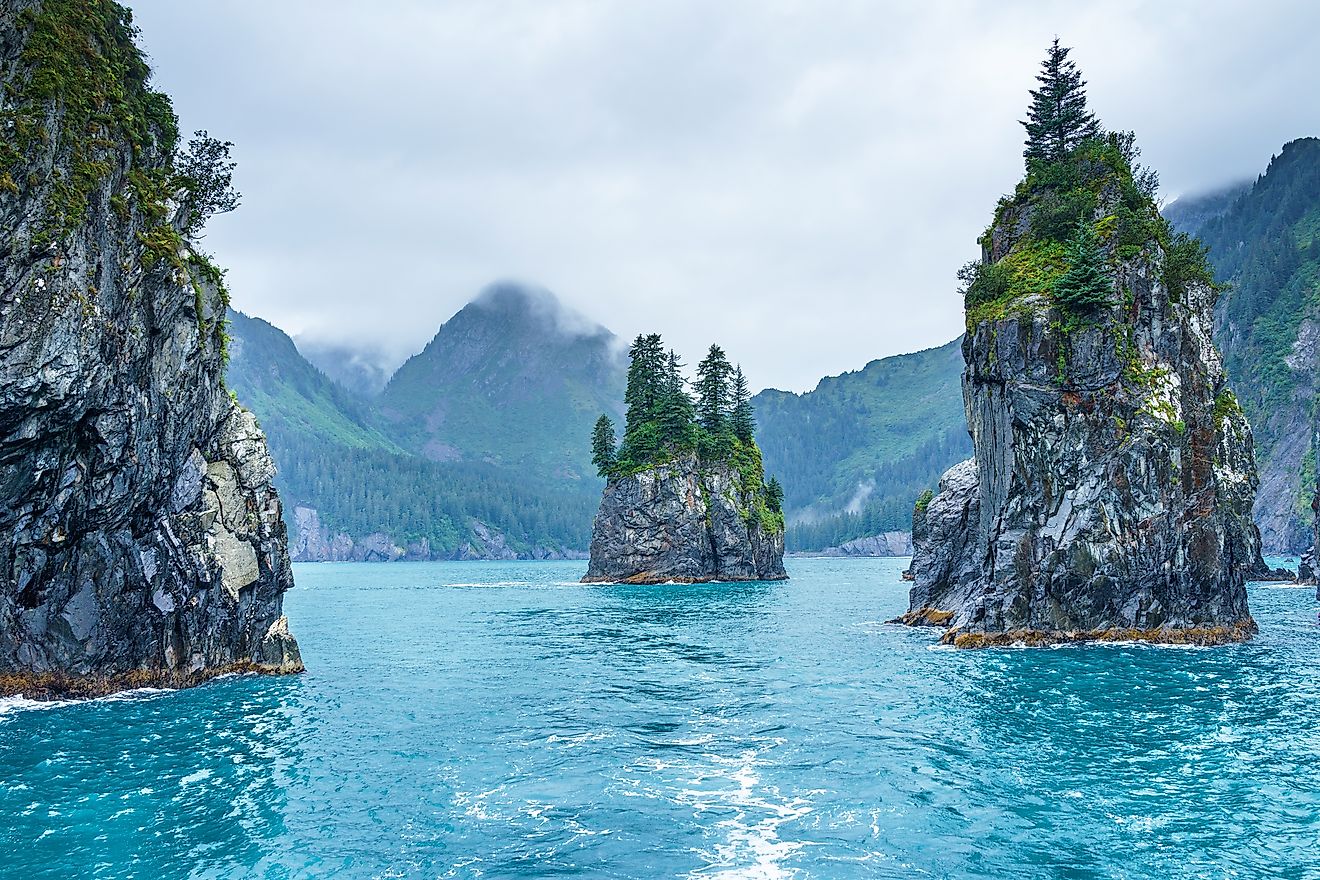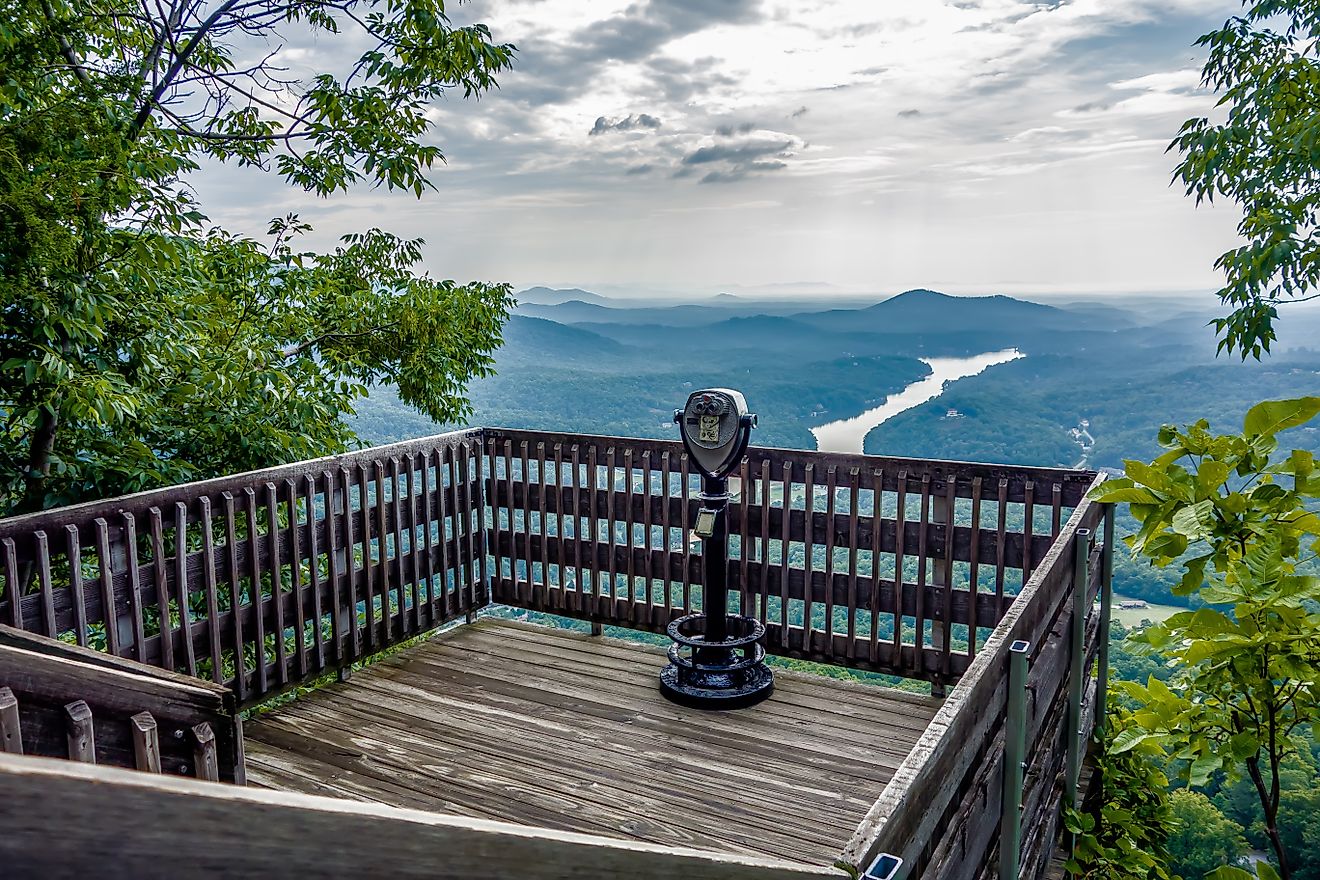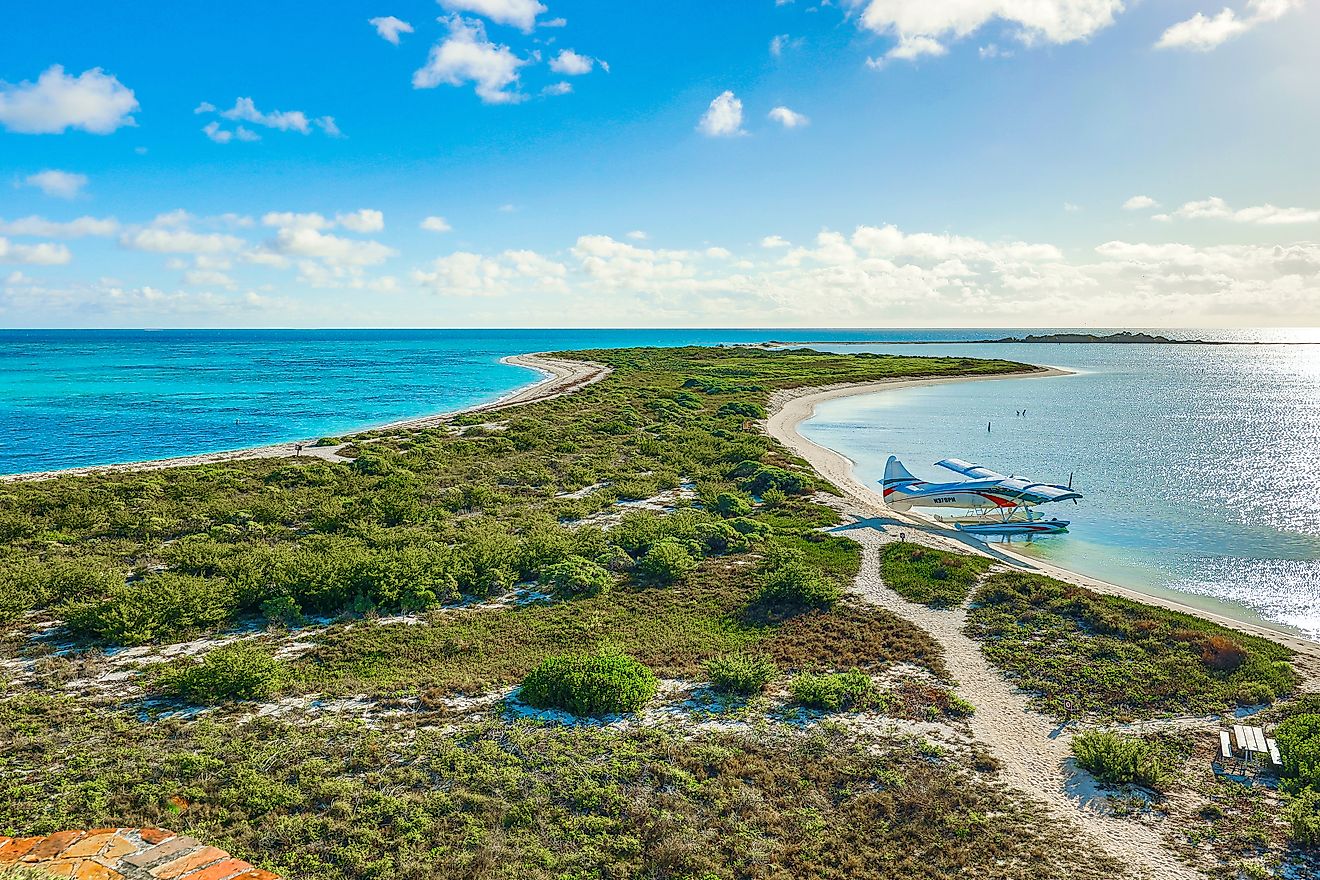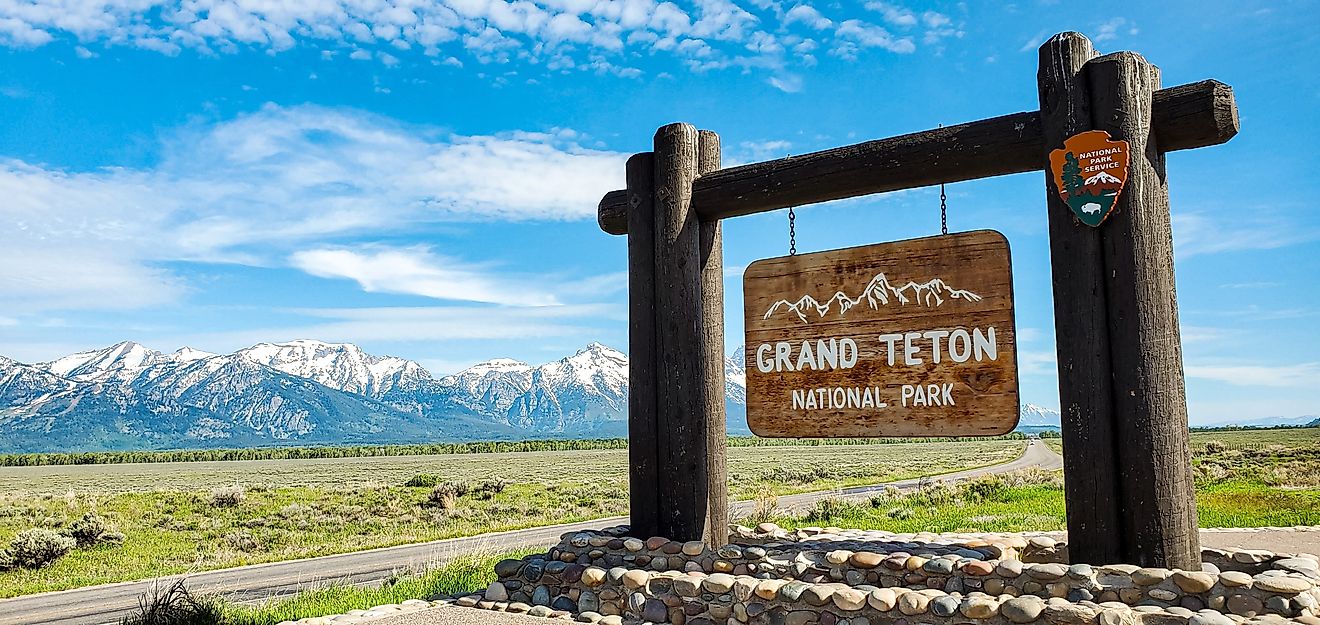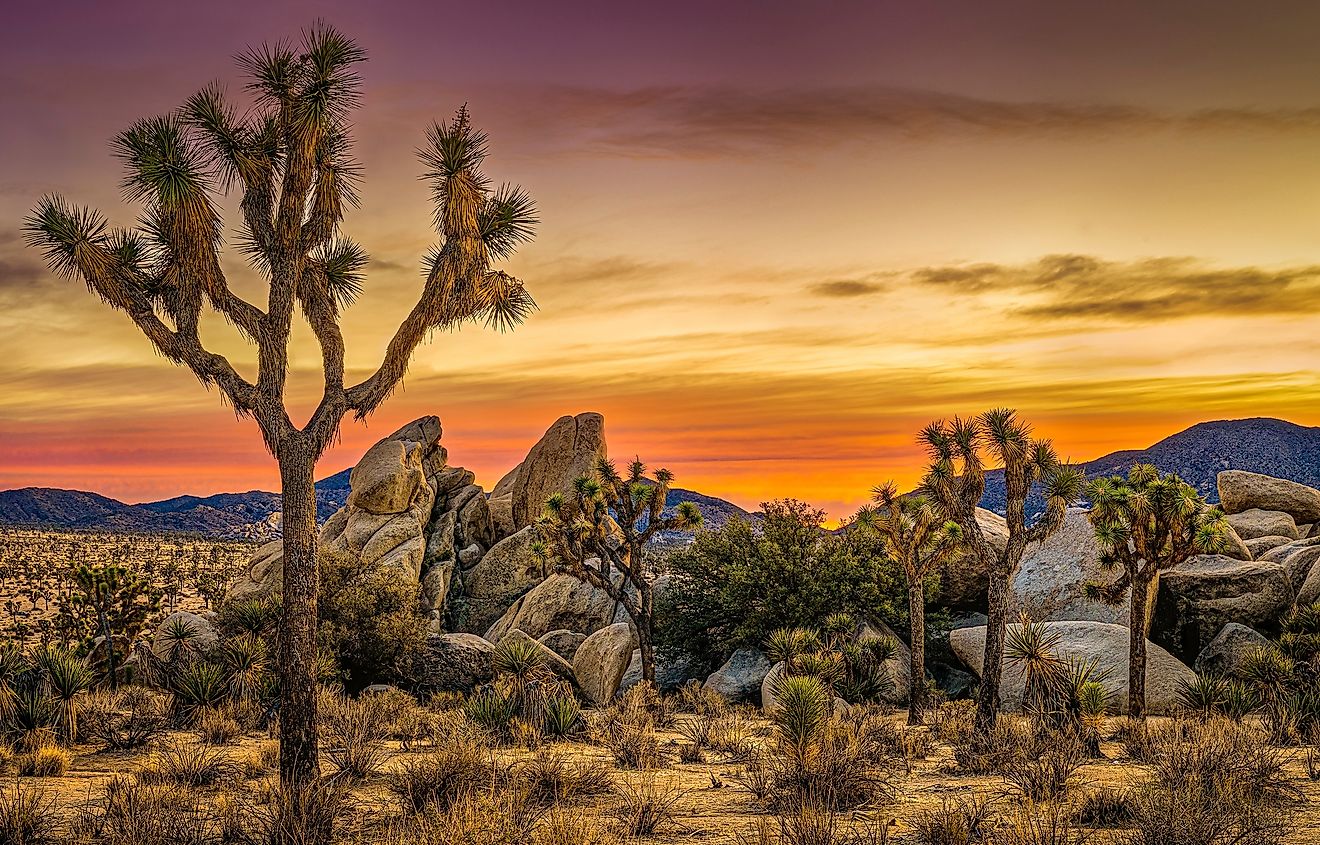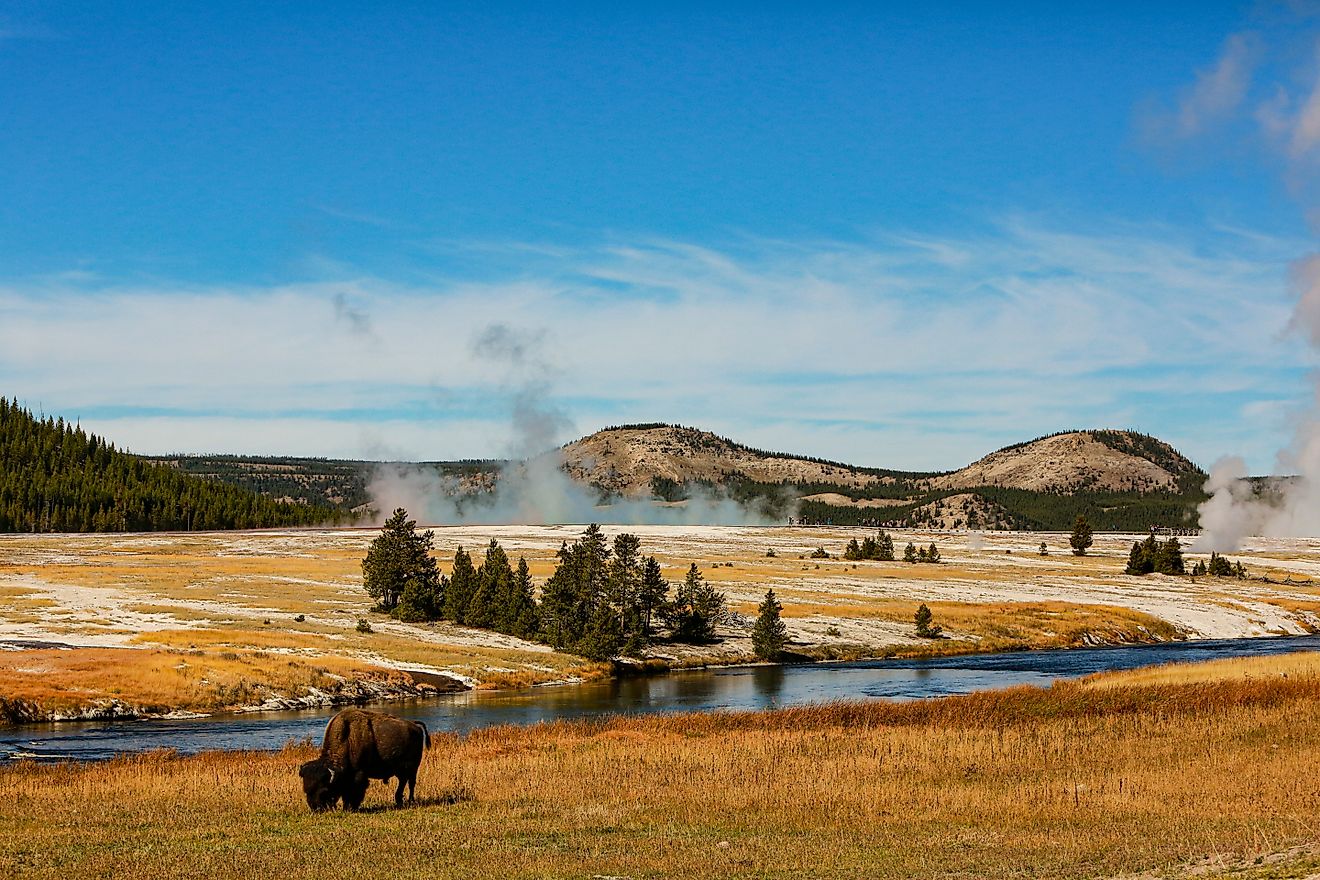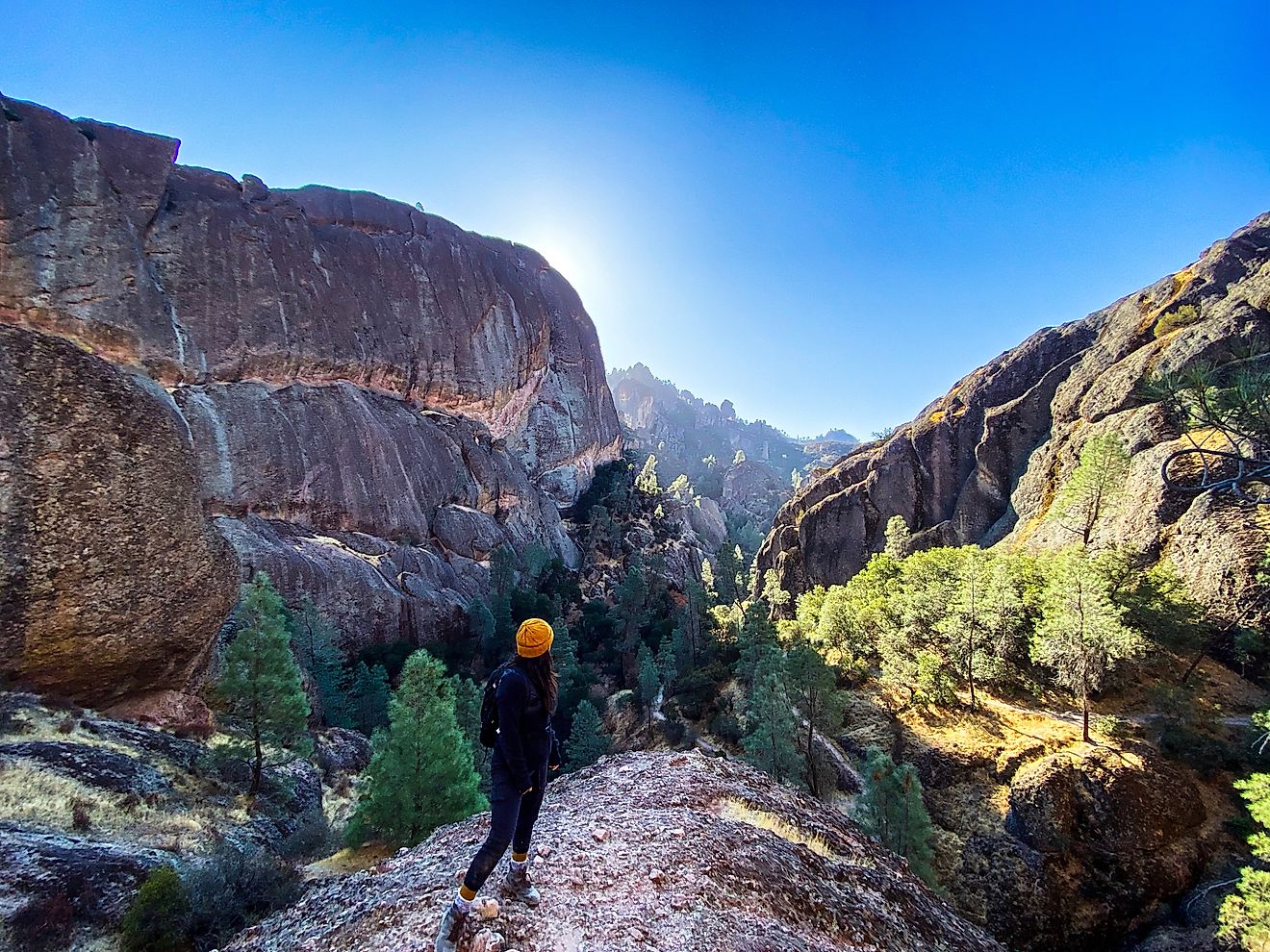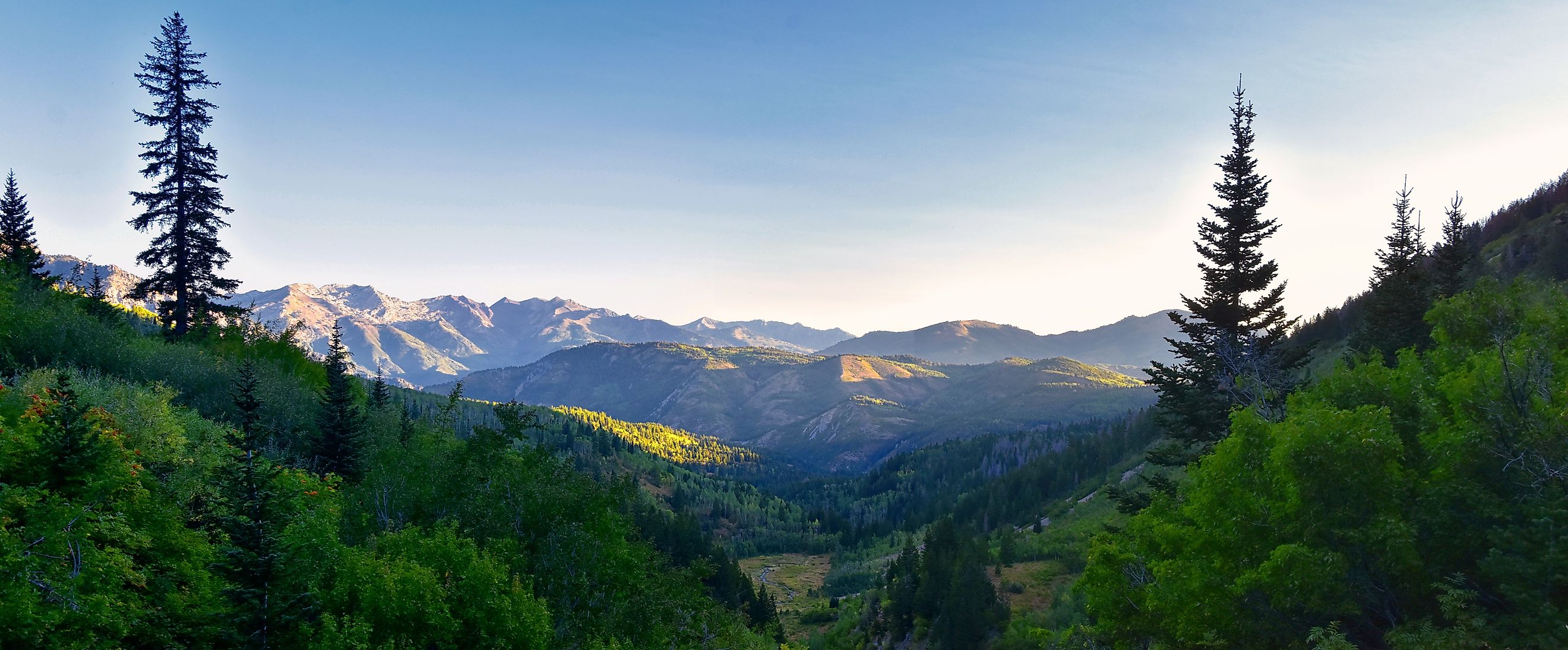
Uinta-Wasatch-Cache National Forest
Covering more than 2.2 million acres across northern Utah and southwestern Wyoming, the Uinta-Wasatch-Cache National Forest is one of the most visited and versatile forests in the United States. It is where the bustling Wasatch Front meets pristine backcountry, creating a unique environment that combines urban accessibility with the solitude of nature.
From metropolitan neighborhoods to high alpine peaks, the forest delivers an experience that ranges from quick day hikes to extended wilderness adventures.
A Forest at the Heart of the Intermountain West
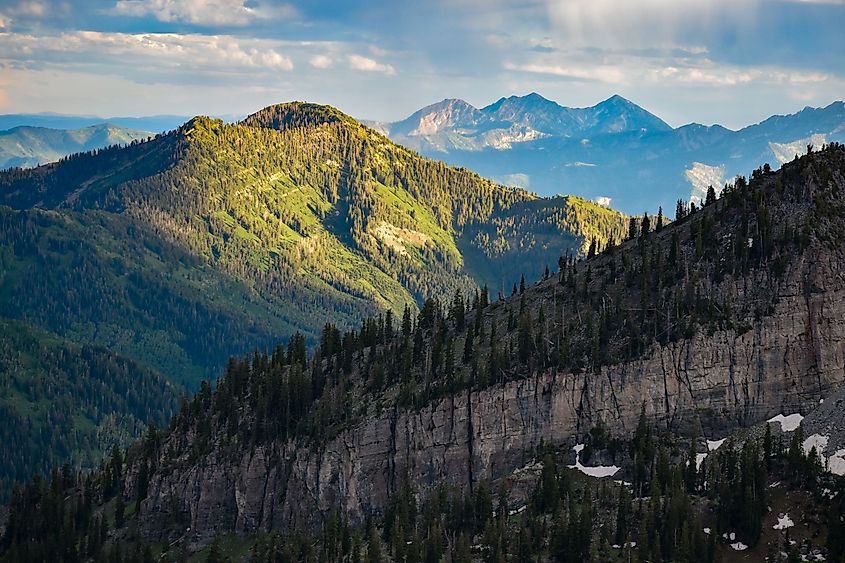
The Uinta-Wasatch-Cache National Forest covers northern and north-central Utah and touches southwestern Wyoming. Its reach includes the largest population center in Utah, the Wasatch Front, home to over a million residents. This proximity makes it one of the most accessible urban forests in the country. Metropolitan areas like Salt Lake City, Ogden, and Provo are only a short drive from trailheads, ski resorts, and rivers, providing a quick escape from urban life into a natural playground.
The forest is divided into seven ranger districts, including Salt Lake, Ogden, Logan, Pleasant Grove, Spanish Fork, Kamas/Heber in Utah, and Evanston/Mountain View in Wyoming. Each district manages a unique section of forestland, from sprawling alpine peaks to verdant valleys. The accessibility ensures that whether you are an avid hiker, skier, mountain biker, or casual sightseer, adventure is never far away.
Four Seasons of Recreation
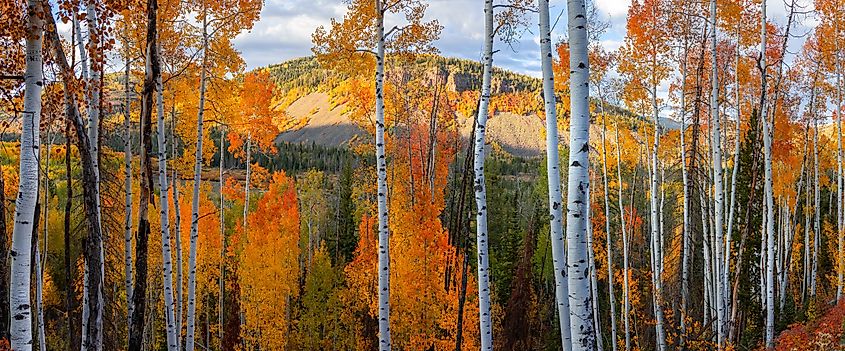
Winter Wonderland
Winter transforms the Uinta-Wasatch-Cache National Forest into a snowy paradise. Known for the “Greatest Snow on Earth,” this area attracts snow sports enthusiasts from across the globe. Skiers and snowboarders flock to resorts near Salt Lake City, while snowmobilers explore designated trails deeper in the forest. Ice anglers and winter campers also find unique opportunities to enjoy the season.
Spring Renewal
Spring brings a burst of life to the forest. Wildflowers carpet meadows, streams swell with snowmelt, and wildlife becomes more active after the long winter. Hikers and birdwatchers delight in the early-season calm. Spring also allows anglers to enjoy trout streams at their best, with stocked rainbow trout and native cutthroat offering plenty of fishing opportunities.
Summer Adventures
Summer is prime time for hiking, camping, and water sports. Over 1,600 miles of trails traverse the forest, from easy nature walks to challenging high-altitude routes. Campgrounds and yurts provide convenient accommodations, while rivers and lakes invite kayaking, canoeing, and swimming. Horseback riding, mountain biking, and scenic byway drives are popular for those who want to explore the forest without leaving their vehicles behind.
Fall Foliage
Autumn turns the Uinta-Wasatch-Cache into a canvas of golden aspens and fiery maples. Cooler temperatures make it ideal for backpacking and exploring the wilderness without the crowds. Fall is also prime hunting season and offers photographers some of the most stunning landscapes of the year.
Wilderness Escapes
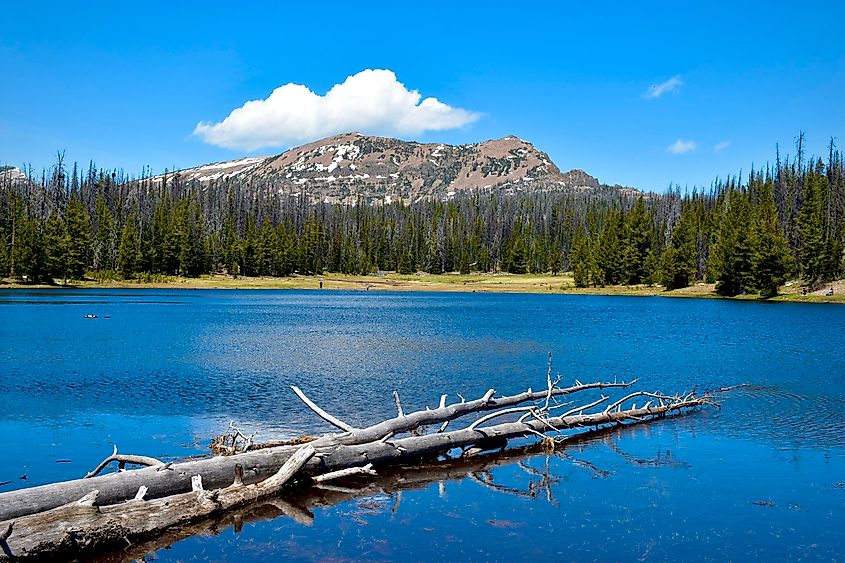
The Uinta-Wasatch-Cache National Forest manages over half a million acres of designated wilderness, providing a refuge from the pressures of urban life. The Uinta-Wasatch-Cache Wilderness Area offers a remote and refreshing escape with rugged terrain, alpine lakes, and dense forests. Here, trails wind through pristine landscapes where wildlife roams freely, including elk, moose, and black bear. These areas are perfect for backpackers and hikers seeking solitude and a deep connection with nature.
While the wilderness provides a haven, heavy visitation has increased pressure on these sensitive areas. Public participation in conservation, responsible recreation, and adherence to trail guidelines is vital to preserve this forest for future generations.
Wildlife and Ecosystem
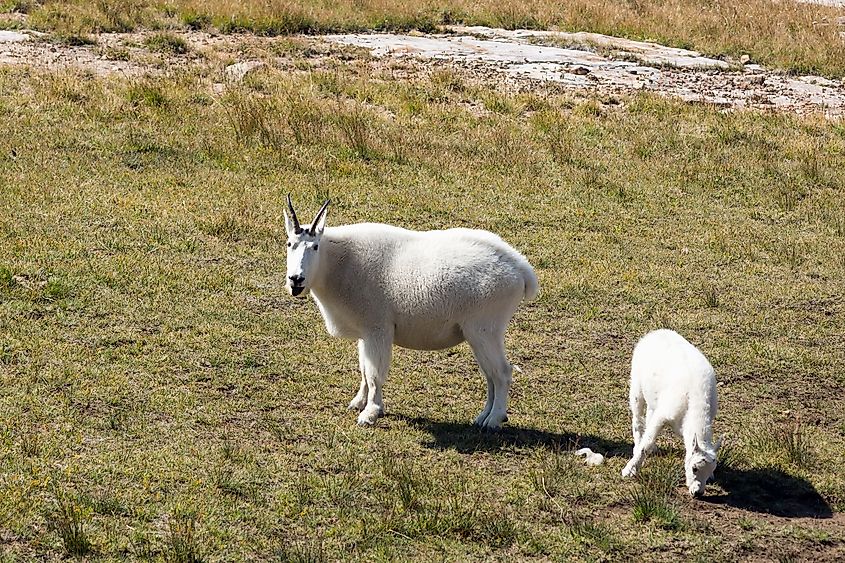
This forest is a biodiversity hotspot. Forest managers balance recreation with grazing for sheep and cattle while protecting critical watersheds and wildlife habitat. Major species include mule deer, elk, moose, black bears, and wolves. Bird enthusiasts can spot peregrine falcons, owls, and songbirds, while streams teem with cutthroat, brook, and rainbow trout.
Ecological stewardship is a central focus. Restoration projects, volunteer programs, and wildlife corridors aim to maintain habitat connectivity. Conservation efforts are essential to support native species while allowing sustainable recreation.
Campgrounds and Day-Use Areas
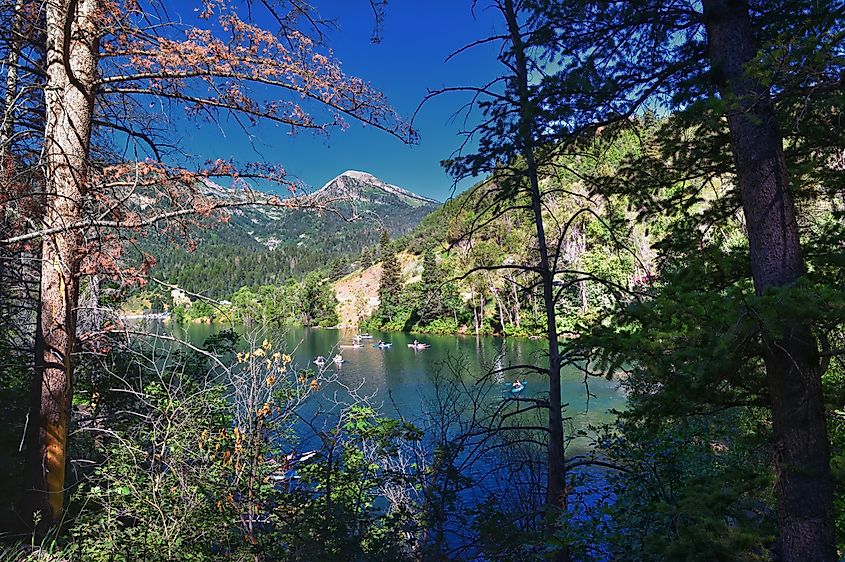
The Uinta-Wasatch-Cache offers camping options for every type of adventurer. From developed campgrounds with modern amenities to remote backcountry sites, there is a spot for everyone. Popular campgrounds include:
-
Silver Lake Campground: A family-friendly area near Heber Valley with easy access to hiking and fishing.
-
Aspen Grove Campground: Nestled among towering pines, perfect for summer escapes.
-
North Fork Campground: Offers solitude and proximity to hiking trails.
Day-use areas are ideal for picnicking, swimming, or a quick nature escape. Designated trails and scenic byways provide convenient access for those who want to explore without committing to overnight stays.
Scenic Byways and Iconic Trails
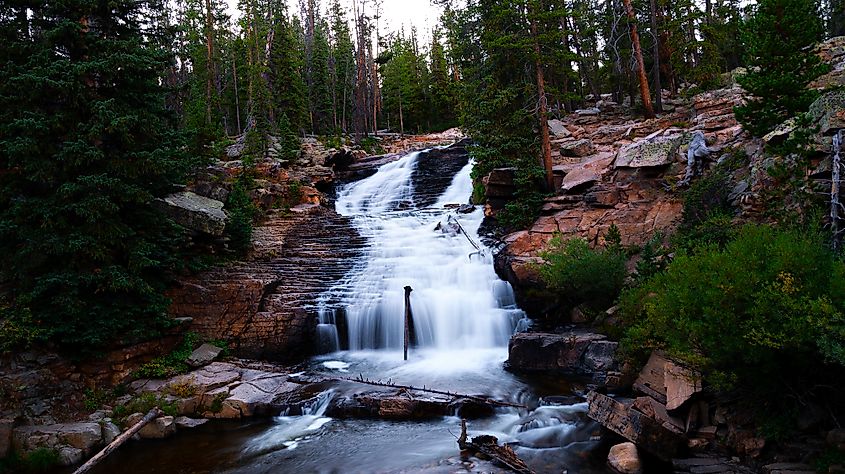
Scenic drives are among the forest’s most popular attractions. The Mirror Lake Highway offers breathtaking views of alpine lakes, waterfalls, and mountain vistas. Hikes like the Bald Mountain Trail or Mount Timpanogos Trail provide panoramic perspectives that make the effort worthwhile.
Mountain bikers and horseback riders have extensive trails designed to accommodate their adventures. Off-highway vehicle routes also allow enthusiasts to explore rugged backcountry safely. Trails are carefully maintained to protect natural resources while offering access to spectacular landscapes.
Water Adventures
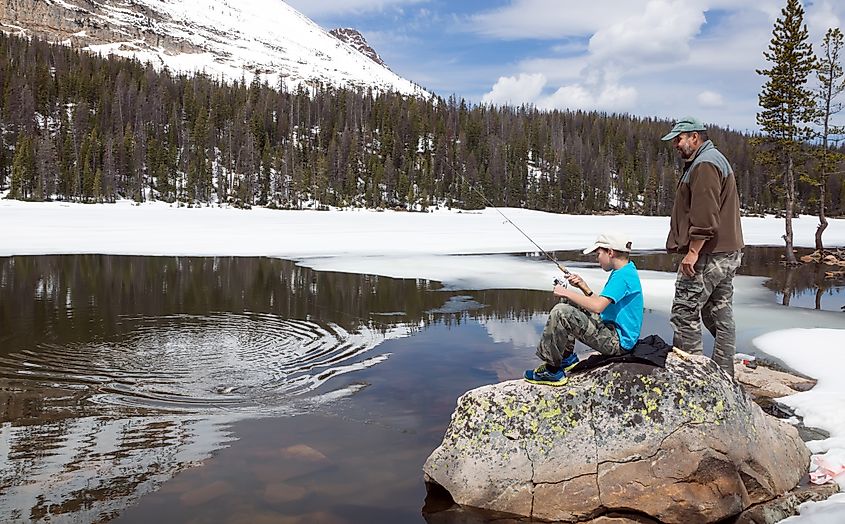
Lakes, rivers, and streams are abundant throughout the forest. Boating, fishing, and swimming are favorites during the warmer months. Key water destinations include:
-
Rockport Reservoir: Popular for boating, fishing, and picnicking.
-
Strawberry Reservoir: One of Utah’s premier trout fishing locations.
-
American Fork Canyon: Offers streams for fly fishing and scenic hiking routes.
These waters provide both recreational enjoyment and vital habitats for aquatic life. Clean water initiatives and monitoring programs ensure that the lakes and rivers remain healthy and vibrant for years to come.
Cultural and Historical Significance
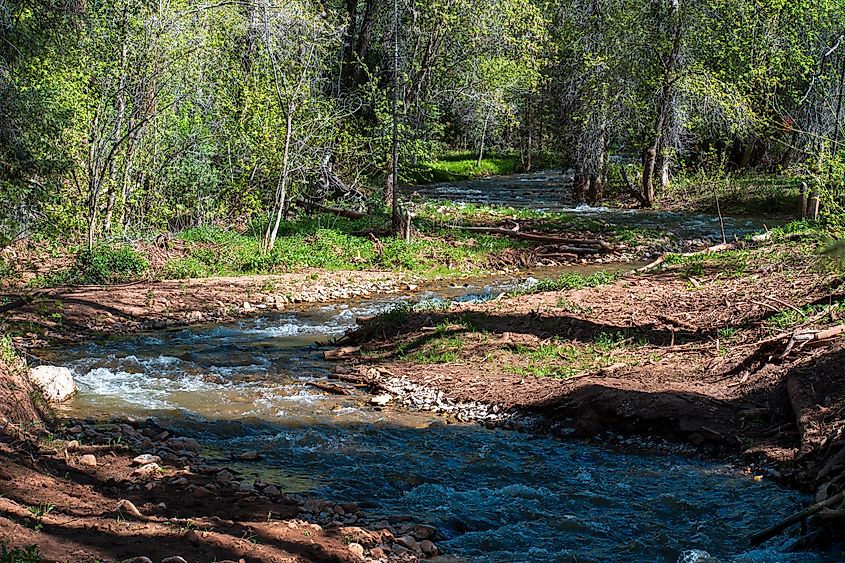
The Uinta-Wasatch-Cache National Forest has supported communities for thousands of years. Indigenous peoples originally relied on the forest for food, water, and resources. Today, the forest continues to play a central role in the local economy and culture.
Historic sites and trails highlight the region’s past. Interpretive programs and guided tours offer insight into the cultural and natural heritage of the forest. From the development of grazing lands to the establishment of wilderness areas, these stories connect visitors to the broader history of the Intermountain West.
Seasonal Events and Recreation Programs
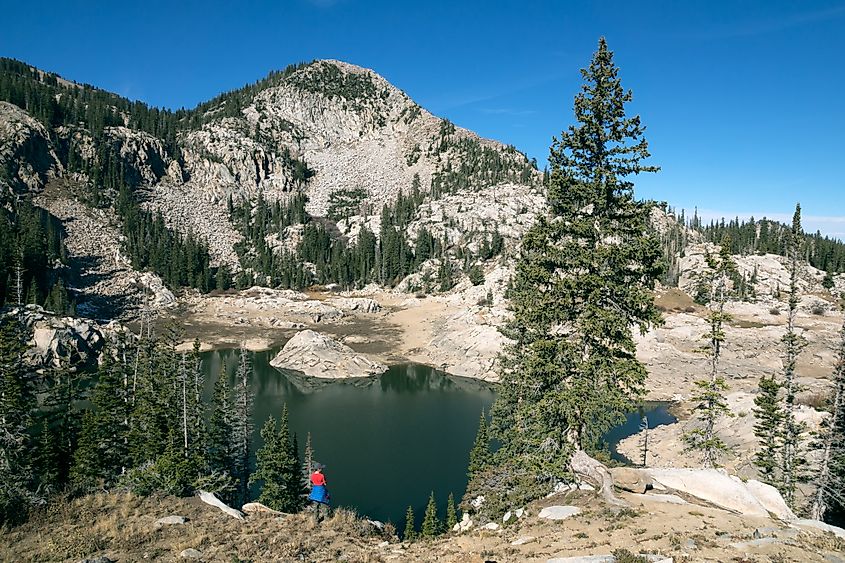
The forest hosts a variety of seasonal programs, including ranger-led hikes, wildlife monitoring events, and volunteer conservation projects. In winter, guided snowshoeing, ski tours, and avalanche education programs attract outdoor enthusiasts. During the summer, kids’ adventure camps and interpretive programs provide educational opportunities about wildlife, forestry, and ecology.
These events foster a sense of community and encourage responsible recreation. Public involvement is critical to maintaining the balance between enjoyment and conservation.
Easy Access and Visitor Information
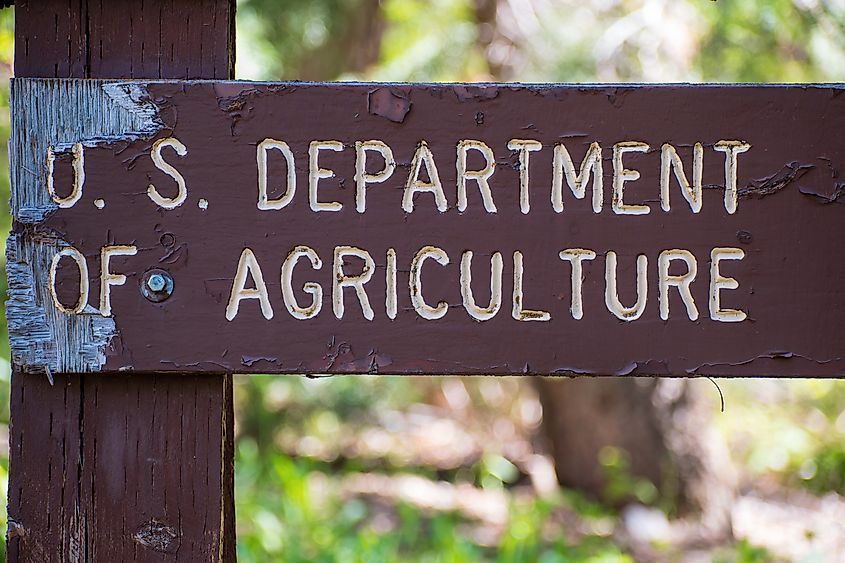
The Uinta-Wasatch-Cache National Forest is easy to reach from multiple urban centers. Key offices provide maps, permits, and guidance:
-
South Jordan
-
Logan
-
Ogden
-
Salt Lake City
-
Pleasant Grove
-
Spanish Fork
-
Heber
-
Kamas
-
Evanston
The forest also offers interactive maps online, helping locate campgrounds, trails, and recreational areas. Seasonal updates on road conditions, trail closures, and fire restrictions are available from the Forest Service to ensure a safe and enjoyable experience.
Plan Your Adventure
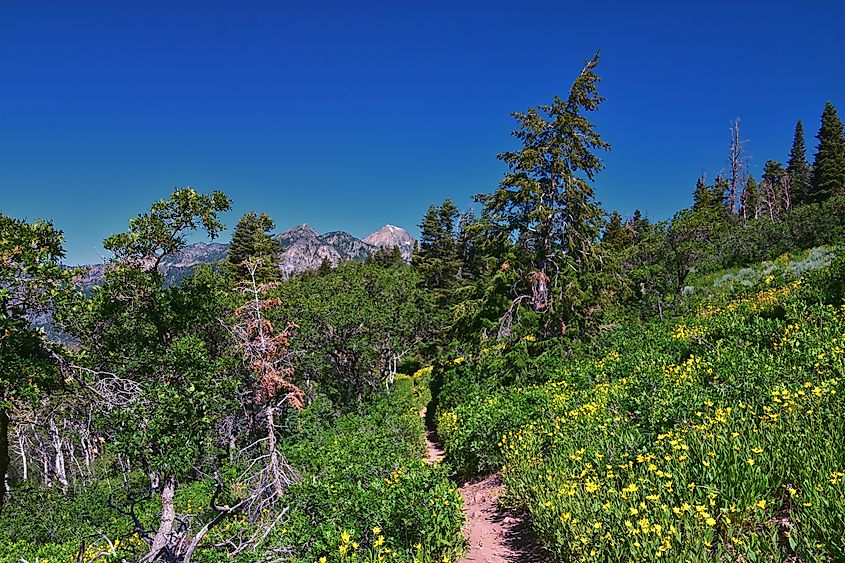
Before setting out in the Uinta-Wasatch-Cache National Forest, consider your plans and prepare accordingly:
Trip Planning Tips
-
Day Trips: Explore scenic byways, waterfalls, or lakes.
-
Extended Trips: Pack for backcountry camping or multi-day hikes.
-
Winter Activities: Skiing and snowboarding at nearby resorts.
-
Fishing: Use stream and reservoir maps to find prime fishing spots.
Essential Gear
-
Layered clothing for changing weather
-
Sturdy hiking shoes or boots
-
Water and food supplies
-
Maps and safety equipment
Additional Recommendations
-
Check the Forest Service website for permits and regulations
-
Explore volunteer opportunities
-
Choose activities based on adventure, solitude, or family fun
The forest offers endless ways to connect with nature and enjoy outdoor recreation year-round.
Conclusion: Adventure Awaits in the Wasatch Wilderness
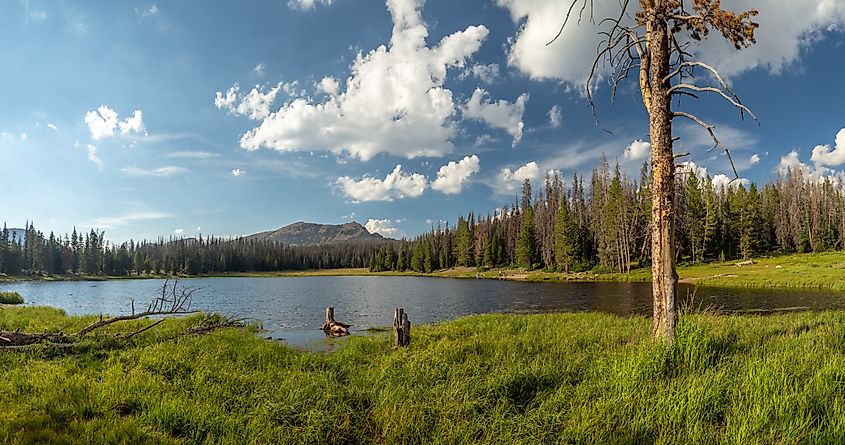
The Uinta-Wasatch-Cache National Forest is a true gem of the Intermountain West. With over 2 million acres of forests, mountains, rivers, and wilderness, it provides unmatched opportunities for outdoor recreation, wildlife observation, and cultural engagement. Its proximity to major urban areas makes it one of the most accessible yet expansive forests in the nation.
From snow-covered peaks in winter to wildflower-laden trails in summer, the forest offers four-season adventures for every type of traveler. Its combination of natural beauty, recreational diversity, and cultural significance ensures that it remains a vital and treasured landscape for generations to come.
Whether hiking a quiet trail, fishing a remote stream, skiing world-class slopes, or enjoying a picnic by a shimmering lake, the Uinta-Wasatch-Cache National Forest delivers an experience that is both exhilarating and restorative.
Quick Facts: Uinta-Wasatch-Cache National Forest
-
Location: Northern Utah and southwestern Wyoming
-
Size: 2,169,596 acres
-
Nearest City: Salt Lake City
-
Ranger Districts: Salt Lake, Kamas/Heber, Ogden, Pleasant Grove, Spanish Fork, Logan, Evanston/Mountain View
-
Recreational Activities: Hiking, camping, skiing, snowboarding, fishing, boating, horseback riding, mountain biking, OHVs
-
Wilderness Areas: Over 500,000 acres of protected wilderness
-
Visitor Access: Year-round, with roads, trails, and scenic byways
